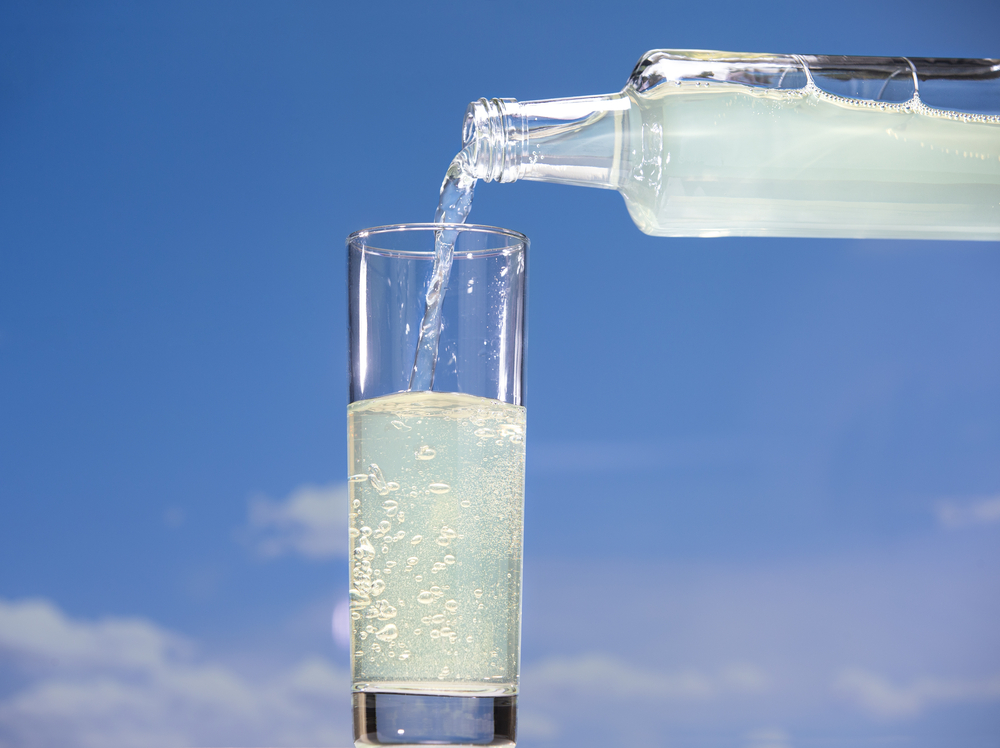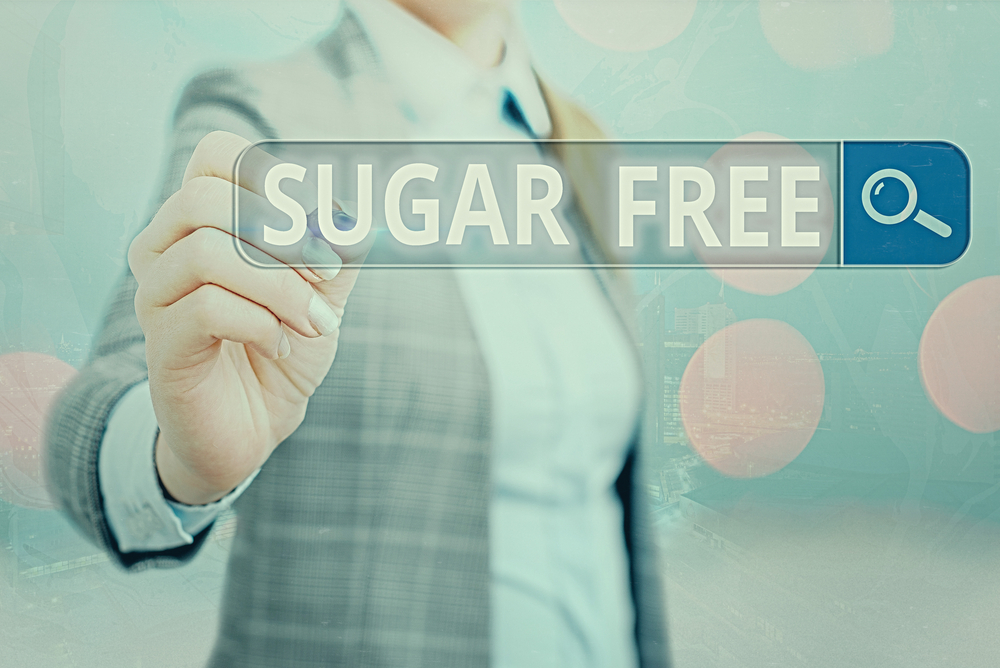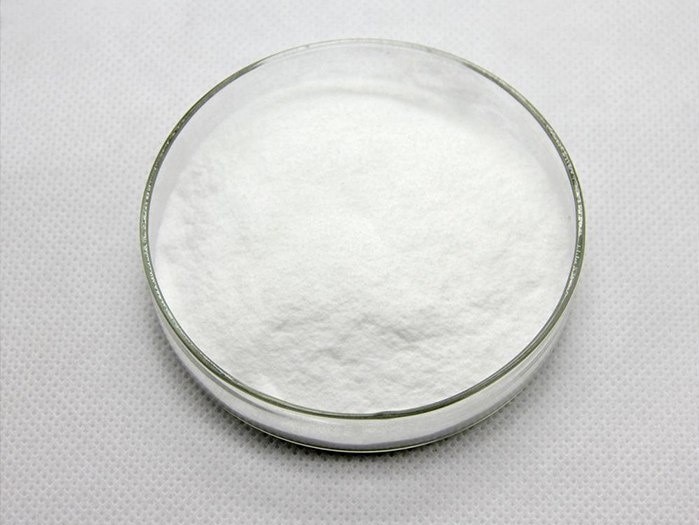- Home
- Blog
- Healthy Eating for Wellness
- Are ‘naturally sugar-free’ soft drinks actually natural?
Are ‘naturally sugar-free’ soft drinks actually natural?
Written by Catherine Saxelby
on Wednesday, 08 September 2021.
Tagged: health, healthy eating, natural, nutrition, soft drinks, sugar

A while back, I asked my readers what you were most interested in knowing about. Some of you wrote back asking about sugar-free soft drinks such as Nexba, which is sweetened with erythritol and stevia. This combo is also the sweetener in no-added-sugar cordials, yoghurts, biscuits, fruit juice drinks, confectionery, sauces and other foods. The emails asked something along the lines of: ‘I was wondering if this is a wanky factor. Is the sweetener made in a lab or is it safe to enjoy?? Very Curious.’
After going to the Nexba website, I discovered they use a special blend of erythritol and stevia extract to create a sugar-like sweetness in their drinks. They also add citric acid *, malic acid * and other natural ingredients to give flavour.
The big question is whether the sweeteners erythritol and stevia are any better for you than the other sugar-free options available. Certainly, they’re different from those used in other no-sugar fizzy drinks such as Coca-Cola, Solo or Sunkist.
To create sweetness, both Coca-Cola and Solo use a blend of the old-fashioned acesulphame K and the controversial aspartame. Sunkist blends three sweeteners: acesulphame K, aspartame and sucralose (which is made from sugar and has a high-quality sugar taste).
These code numbers will help you decipher the different sweeteners:
950 = acesulphame K
951 = aspartame
952 = cyclamate
955 = sucralose
960 = steviol glycosides (stevia extract)
968 = erythritol
‘Natural’ sweeteners: erythritol and stevia
I have written about these two sweeteners in my book, Nutrition for Life. Here is what I say about them:
Erythritol
Trade names: Natvia, Pyure, Wisdom Natural
Erythritol (pronounced ear-rith-ri-tall) is a sugar alcohol with about 70 per cent the sweetness of sugar. It is used to sweeten diet foods such as confectionery. Erythritol is also a humectant and texturiser, functioning as a food additive that enhances taste and texture.
Part of the human diet for thousands of years, erythritol is found in fruits including pears, melons and grapes, mushrooms, and fermentation-derived foods such as wine, soy sauce and cheese.
Since 1990, erythritol has been produced commercially and added to drinks to provide sweetness.
Commercially produced erythritol is a white crystalline odourless powder with a clean sweet taste similar to sugar. Its low-kilojoule value and ability to be well tolerated during digestion distinguishes it from other polyols (or sugar alcohols), such as sorbitol (once used to make diet confectionery) and xylitol (popular in chewing gum).
Because erythritol is rapidly absorbed by the small intestine then rapidly eliminated through the urine (within 24 hours), you are unlikely to have any laxative side effects associated with excessive consumption.
Stevia
Trade names: Nativa, SweetLeaf, Steviasweet, Truvia, Purevia
Stevia (pronounced stee-via) is derived from the leaves of Stevia rebaudiana – a shrub common in Paraguay where it is known as ‘honey leaf’ and has been valued for its sweetening properties for hundreds of years.
The stevia leaf itself is 30 times sweeter than sugar but contains no kilojoules. Because it can’t be digested, stevia compounds don’t enter the blood from the digestive tract. It is viewed as more ‘natural’ than other sweeteners, and has fewer side effects when used as a sweetener.

The ‘natural’ blend
Commonly, stevia extract (steviol glycosides) is combined with a bulking sweetener such as erythritol to provide a more balanced sweetness. Generally, this blend is a mix of 98 per cent erythritol and 2 per cent ‘second-generation’ stevia (this has been refined to remove any bitter aftertaste that is associated with traditional stevia, and improve stability and shelf life).
On its own, stevia extract is 200–300 times sweeter than sugar; therefore, you need a lot less of it than sugar. The erythritol provides bulking to the product, while the stevia balances out the flavour profile of erythritol.
Stevia extract contains nine steviol glycosides (or sugar derivatives): Stevioside, Rebaudioside A, Rebaudioside B, Rebaudioside C, Rebaudioside D, Rebaudioside F, Dulcoside A, Rubusoside and Steviolbioside.
These individual steviol glycosides each have similar chemical structures and properties, and can make up a steviol glycosides preparation. All are intensely sweet compounds that can’t be digested by the body.

How natural is stevia?
But isn’t stevia made in a factory or lab? The short answer is ‘Yes’. It is a white powder sold as Natvia, SteviaSweet or Truvia. You can buy this powder in sachets or tablets as a table-top sugar-replacer at the supermarket. It’s often already mixed with erythritol.
Although it does occur naturally, to obtain the amounts required commercially, stevia is actually produced in huge quantities in manufacturing plants.
Stevia is made by a process known as ‘bioconversion’, in which the plant extract is converted into the final product. The enzymes that drive this conversion process may be made from genetically modified microorganisms. It is produced from a simple sugar called dextrose, which derived in the USA from fermenting corn.
Australia mainly imports dried steviol glycosides from China. Globally, stevia production is well established in China, Korea and South America, with production increasing in Columbia, Egypt, India, Kenya, Thailand and the USA. Worldwide, stevia sales are estimated to be worth US$578 million.
Stevia has a liquorice-like aftertaste that consumers quickly recognise and often dislike (the reason I dislike it, too). However, by using stevia at low concentrations with a sugar alcohol such as erythritol, it’s possible to maintain the sweetness without disrupting the flavour balance.
In contrast, artificial or ‘intense sweeteners’ – such as aspartame, acesuphame K and sucralose – have been around for decades. Despite the fact that there’s little evidence to suggest they’re harmful, consumer distrust and fear of possible side effects have led to a search for ‘natural’ sweeteners.
Many consumers are now seeking products that are not only low in sugar but contain only natural ingredients. Sweeteners that can claim to be ‘natural’ have thus become more popular.

The bottom line
We already know that too much sugar is bad news. Soft drinks do have a place, but should only be enjoyed occasionally. So yes, enjoy your sugar-free fizzy drink. But don’t drink them regularly – they can disrupt your hunger hormones. Drink water to quench your thirst. Try sparkling water with lemon slices, or perhaps chilled iced tea topped up with sparkling water.
* Citric Acid
Additive code: 330
This food acid is found naturally in citrus fruits such as lemons and limes. You’ll spot citric acid in many other foods, too, such as lemon syrups; all sorts of fruity beverages, such as soft drinks, iced teas and juices; jams and jellies; boiled sweets and other confectionery; canned foods (e.g. tomatoes); sachets of flavour mix; and processed meat products such as ham, bacon, salami and corned beef.
* Malic Acid
Additive code: 296
This food acid is found naturally in apples and other tart fruits (although it’s present in all fruits), wine, and apple cider vinegar. Occasionally, it is used to boost acidity in foods.
Malic acid is added to foods with a soft fruity flavour coming from peaches, apples, pears or berries. Foods include fruit yoghurts; anything with a fruit centre (e.g. berry-flavoured cereal bars or raspberry liquorice); many juices, fruity drinks and ciders; confectionery such as raspberry bullets, soft jubes, sour gummies and sherbets (often combined with citric acid); cup-a-soup with noodles; soup mix, condiments and sauces; and snack foods.
Jemma O'Hanlon
The Good Stuff
The Boring Stuff
© 2025 Foodwatch Australia. All rights reserved
Website by Joomstore eCommerce





